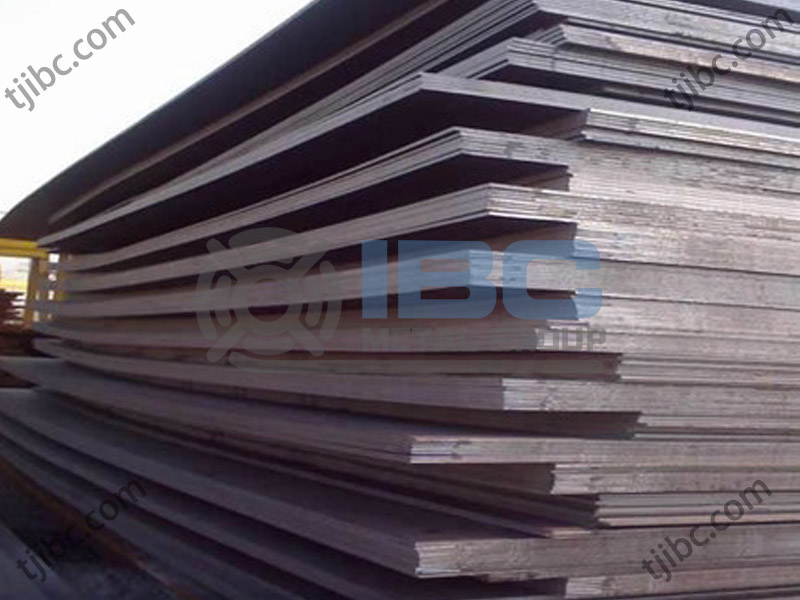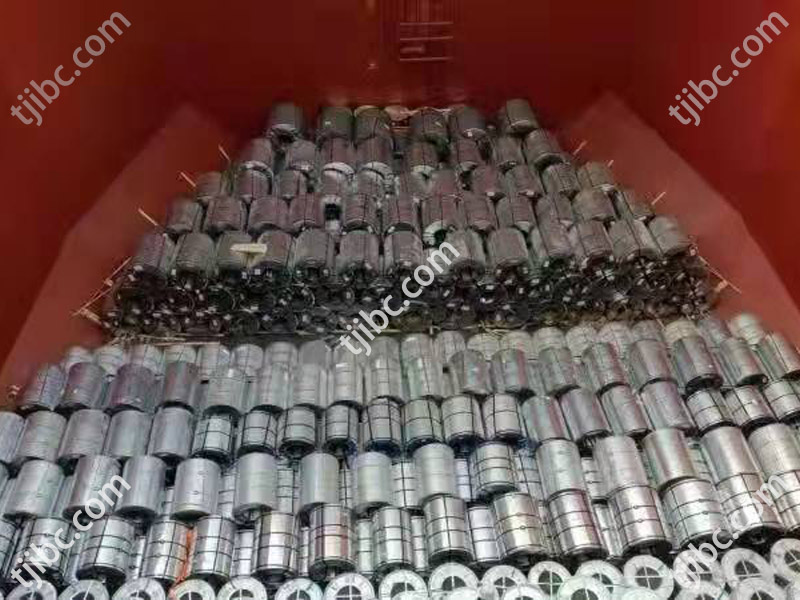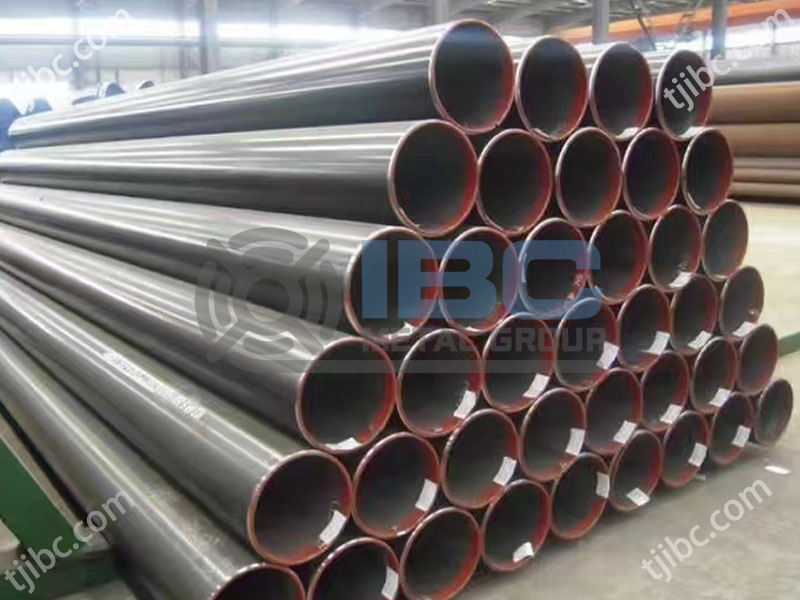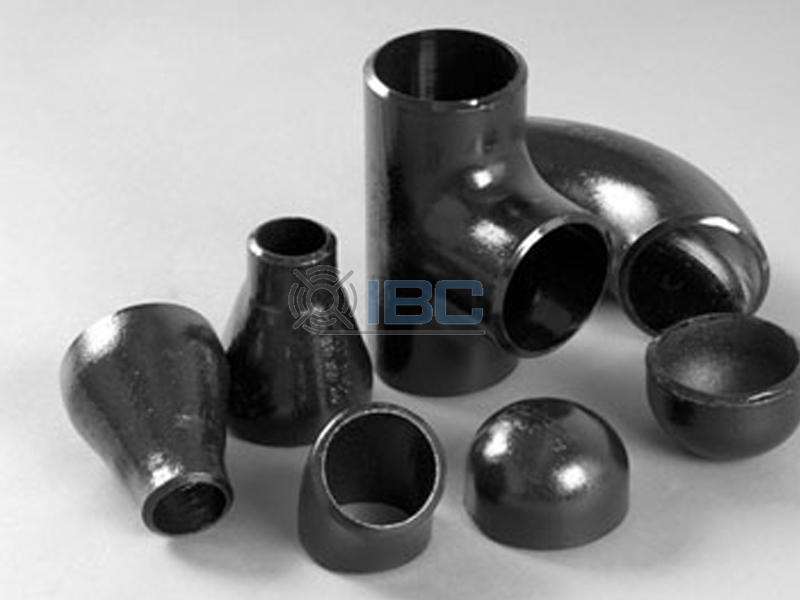Definition and Classification of Screw Thread Steel
Definition: Screw thread steel is a steel bar with ribbed surface, also known as ribbed steel bar. It usually has two longitudinal ribs and transverse ribs evenly distributed along the length. The shape of the transverse rib is mainly spiral, herringbone and crescent shape.
Categories:
Classification by geometric shape: according to the cross section shape of the ribs and the spacing of the ribs are classified. For example, in the British standard (BS4449), rebar is divided into type I and type II.
Classification by performance: In the Chinese standard (GB1499.2-2024), it is divided into three grades of HRB400, HRB500 and HRB600 according to the strength level (yield point/tensile strength). In addition, it can be classified by use. For example, concrete steel bars have ordinary steel bars, prestressed steel bars and heat treatment steel bars.
Production Process of Screw Thread Steel
1. Raw material preparation
Raw materials mainly include high quality iron ore and scrap steel. These raw materials are fed into blast furnaces or electric furnaces for melting.
In the ironmaking process, coke is the fuel and reducing agent. Workers also need to add ingredients such as limestone to reduce molten iron (pig iron) from iron oxide at high temperatures.
2. Smelting and steelmaking
Pig iron is further smelted in a converter or electric furnace and converted to molten steel by a process such as decarbonization. In this process, workers add the right amount of carbon and other alloying elements. This allows the chemical composition of the steel to be adjusted to meet the specific performance requirements of the rebar.
3. Continuous casting
The workers feed the molten steel into the continuous casting machine. In the continuous casting machine, through cooling, continuous casting technology and other processes, it will solidify into a certain shape of the billet.
4. Hot rolling
In the heating furnace, after the billet reaches the appropriate temperature, the worker will take the hot rolling process. During the hot rolling process, the machine compresses and stretches the blank to form the desired diameter and length.
5. Cool and straighten
Hot rolled steel needs cooling to stabilize its structure. The straightener then eliminates the bending and twisting that occurs during rolling.
6. Surface treatment and thread processing
In order to improve the adhesion and corrosion resistance of Screw thread steel, surface treatment is usually required, such as removal of surface oxide and rust.
Finally, the thread is machined on the surface of the steel by special thread machining equipment. The shape and depth of the threads require precise control.
Performance Feature
1. Good plasticity
Screw thread steel can be adapted to different shapes and sizes. This property makes it very useful in building structures. Because it can be molded into a variety of forms to meet the specific requirements of engineering design.
2. Convenient construction
Due to the use of thread processing technology, it has good connectivity. So this steel can be easily welded and threaded connection operations. This not only simplifies the construction process, but also improves the construction efficiency and reliability of the connection.
3. High strength carrying capacity
It usually has two longitudinal ribs and transverse ribs evenly distributed along the length. These rib lines increase the bond with the concrete, thereby increasing the bearing capacity of the structure. In addition, it is divided into different grades according to the strength level (such as HRB335, HRB400, HRB500, etc.). This can meet the needs of different projects.
4. High strength and toughness
It is not only high strength, but also good toughness. This makes it perform well when subjected to external forces such as pressure and tension. This ensures the safety and stability of the engineering structure.

Contact with us today!



